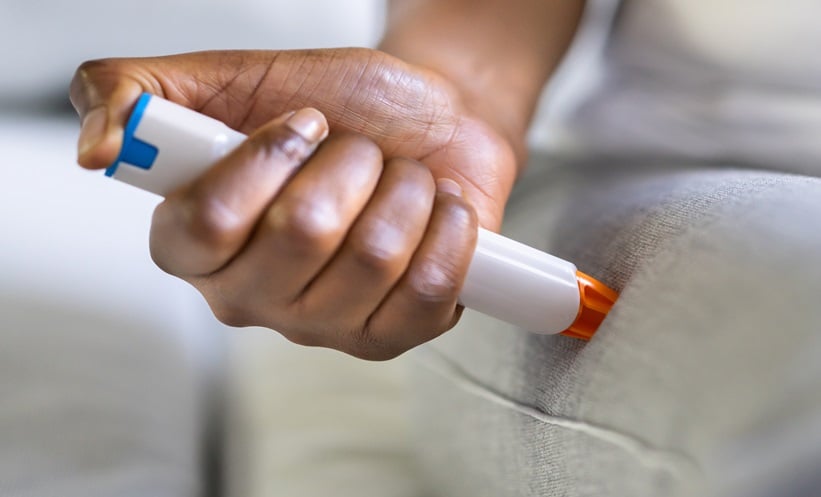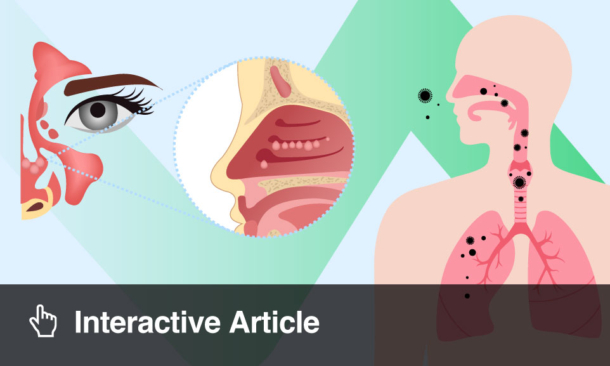PARTICIPATION in exercise programmes has brought about improvement in the lung function of adults with asthma, including breathing, aerobic, relaxation, and yoga. Comprising 28 randomised controlled trials, and a total of 2,155 patients, this review included both Chinese and English literature. The importance of this work lies with improved lung function leading to fewer emergency room visits and hospitalisations, as well as reducing the medical and economic burdens patients with asthma experience.
A total of 22 studies, with a total cohort of 1,670, revealed standardised mean differences in forced expiratory volume (FEV1) that indicated improvement with exercise. These differences were 0.52 (95% confidence interval [CI]: 0.22–0.82) for aerobic training; 0.53 (95% CI: 0.36–0.71) for breathing training; 1.13 (95% CI: 0.84–1.42) for relaxation training; 0.67 (95% CI: 0.48–0.87) for yoga training; and 0.98 (95% CI: 0.77–1.18) for combinations of breathing and aerobic training (p<0.001 for all modes of exercise). The researchers discovered no statistically significant differences between the modes of exercise, but relaxation training was the most effective, and breathing training was the least effective in improving FEV1.
A total of 17 studies, with 1,297 participants, examined forced vital capacity (FVC), and standardised mean differences in this case showed improvements of 0.53 (95% CI: 0.30–0.76) for aerobic training; 0.66 (95% CI: 0.50–0.83) for breathing training; 0.42 (95% CI: 0.22–0.61) for yoga training; and 0.71 (95% CI: 0.47–0.95) for combinations of breathing and aerobic training (p<0.001 for all modes). However, once again the researchers identified no statistically significant differences between the exercise modalities, but combinations of breathing and aerobic training were most effective, with yoga training being the least effective in improving FVC.
Analysis on peak expiratory flow included 17 studies, with 1,256 patients, highlighting improvements with all modes of exercise. Standardised mean differences were 0.61 (95% CI: 0.36–0.85; p<0.001) for breathing training; 0.53 (95% CI: 0.30–0.76; p<0.001) for aerobic training; 0.67 (95% CI: 0.24–1.09; p=0.002) for relaxation training; 0.79 (95% CI: 0.53–1.02; p<0.001) for yoga training; and 0.60 (95% CI: 0.38–0.82; p<0.001) for combinations of breathing and aerobic training. Once again, no statistically significant differences were found between these exercises, but yoga was clearly the most effective, and aerobic training the least at improving peak expiratory flow.
A total of 637 participants in 10 studies found improvements in FEV1/FVC after breathing, aerobic, and yoga training. Standardised mean differences for this cohort were 0.77 (95% CI: 0.52–1.03) for breathing training; 0.49 (95% CI: 0.26–0.72) for aerobic training; and 0.54 (95% CI: 0.31–0.77) for yoga training (p<0.001 for all modes). The investigators concluded that breathing training was most effective, and aerobic training least effect, in improving FEV1/FVC.
The researchers cautioned that patient characteristics, family history, environmental influences, and disease duration should be considered when designing exercise programmes for individuals. Combinations of breathing, aerobic, and yoga training offered the most advantages, but exercise intensity, frequency, and duration are important considerations for optimising treatment outcomes. Future study should focus on exercise mode, intensity, and frequency, as well as factoring for age and gender to validate and expand on the findings of this review.






